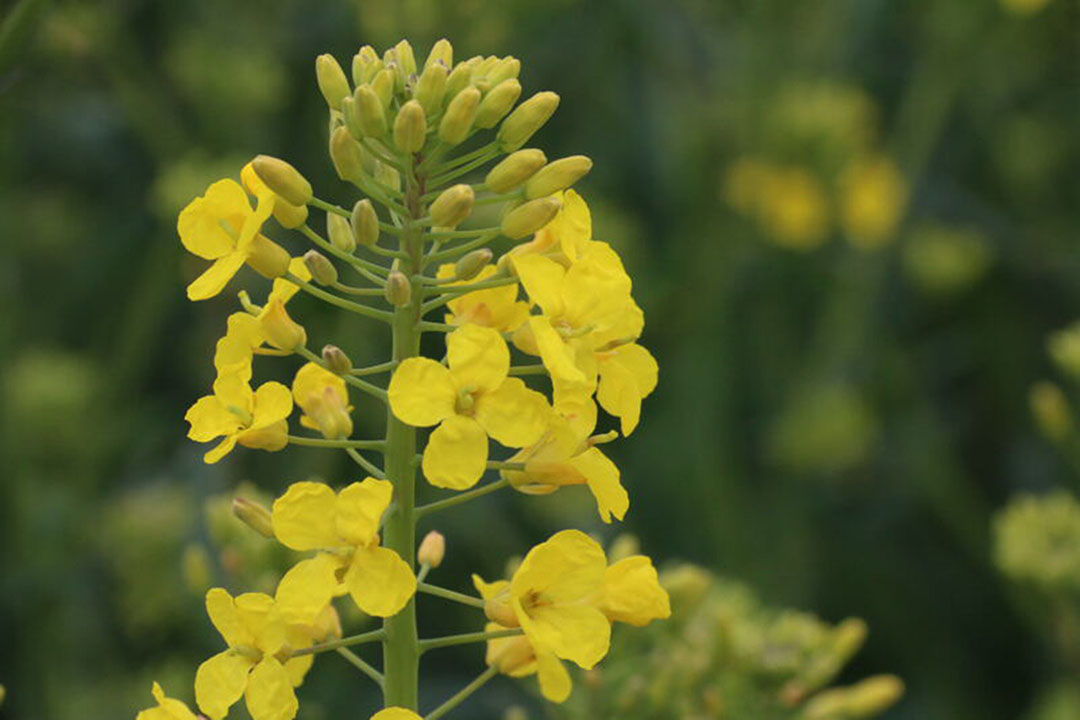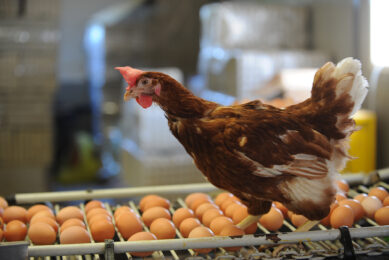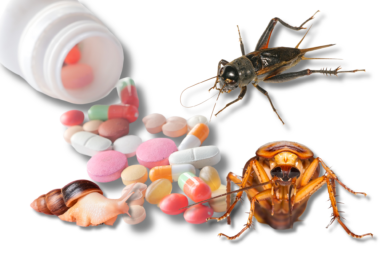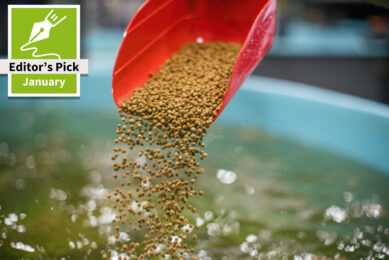Use of canola meal in pigs, poultry and aquaculture species

Recently, we reported about the increasing use of canola meal in dairy cow rations in many countries. However, this ingredient is used for much more.
Canola meal is also being used in feed for finishing beef cattle, as well as for swine, poultry, and various aquaculture species. Dr Rex Newkirk notes that today’s canola meal (CM) has no palatability issues. Plant breeding, different agronomic practices and improved processing have also greatly boosted consistency, says Dr Newkirk, associate professor at the University of Saskatchewan in Canada and that province’s Ministry of Agriculture Endowed Research Chair in Feed Processing Technology.
However, he goes on to say: “I think that some caution is required in relation to meal from some regions [of the world] where CM and rapeseed meal are not effectively segregated.” He adds that another “common issue that seems to be holding back growth [of CM use] in some traditional soybean markets such as Asia, is its colour.” CM makes diets darker than those composed mainly of corn and soybean, but Newkirk has observed that, as people get used to it, colour typically becomes a non-issue.
Canola meal in swine rations
According to Newkirk, CM is used extensively in swine in regions around the globe where canola is grown, such as Western Canada, Australia and Europe. However, in the US, explains University of Illinois professor Dr Hans Stein, CM usage is “really low” because soybean meal (SBM) is easily available and “to use CM in many parts of the country, we need to truck it in from far away, and that increases the cost.” Dr Denise Beaulieu, assistant professor at the University of Saskatchewan, adds that using CM in swine rations at the expense of SBM can also cost a bit more due to CM’s lower energy content.
Dr Stein points to research over the last 10 years in both Canada and the US that demonstrated that CM can fully replace SBM in diets for growing and finishing pigs and also in diets for sows without any reduction in animal performance. According to the Canola Council of Canada (CCC), except for lysine, CM provides an amino acid balance that targets a pig’s required amino acid profile better than any other plant protein. So, Dr Stein thinks that in western Canada, Europe and other parts of the world where canola can be grown but soybean cannot, there could easily be an increase in CM usage in swine. High-protein canola may also contribute to its increased use.

Using canola meal in aquaculture production
In 2018, a review on replacing fish meal in aqua feeds using plant protein sources was published in the International Journal of Fisheries and Aquatic Studies. Based on the studies that the authors included in this review, they concluded that plant proteins can replace fish meal either in part or completely when certain diet conditions are in place. China is one of the leading countries for aquaculture, and there, several plant proteins are used in fish diets. According to Dr Charles Qin (the CM representative in Asia for CCC), these include CM imported from Canada or made locally using imported seed, and rapeseed meal made locally using conventional or ‘double-low’ rapeseed. He adds that, even though there have been geopolitical issues between Canada and China, imports of Canadian CM have grown since 2015, and these totalled 760,700 tonnes in the first half of 2020.
Dr Haifeng Mi, an aquaculture nutritionist in China, identifies himself as being the first to use Canadian CM there, because of its “excellent digestibility and cost advantages.” He notes, however, that studies on the digestibility of Canadian CM in China’s major freshwater fish species are not complete. Mi adds that processing methods need to be developed that increase protein levels and reduce cellulose. This has already happened with cottonseed meal in China, he says, which could help make it preferable to CM over time.
 Russia is set to ramp up fish meal production
Russia is set to ramp up fish meal production
In 2019, fish meal production in Russia reached 126,000 tonnes. This figure increased 46% since 2015, BusinesStat estimated.
Canola meal as an ingredient in poultry diets
CM is a common ingredient in poultry diets in Australia and Europe. “In broiler chickens, it tends to go into diets at around 5 to 7% inclusion, simply due to a space restriction,” Newkirk explains. “Broiler diets are high-density diets and the meal is high in fibre, so energy values limit its inclusion. However, we are starting to see more high oil-expelled meal being produced and that’s going into broiler diets at higher levels due to its higher energy content.” He adds that CM is more suitable for laying hens, and he thinks “there is significant growth potential in this area.” Although this is no longer an issue, in the past some genotypes of brown-shelled layers fed CM in higher proportions produced eggs with a fishy flavour in their yolks.
CCC points to recent studies with positive findings regarding CM in diets for brown-shelled egg layers; one study for example, found that 20% CM can be fed to these hens with excellent results. CCC also points to a few recent studies evaluating the use of CM for egg production in quail, including one showing that 10% CM can be substituted for 10% SBM with no loss of performance.
 Thermal treatment eliminates pathogens in poultry meal
Thermal treatment eliminates pathogens in poultry meal
Since the ban on the use of formaldehyde, poultry feed has mostly been acidified to kill bacteria.
The future of canola meal
Newkirk believes that the use of CM in pigs, poultry and other species will continue to grow because consistency and palatability is excellent (it’s fully palatable for pigs). “Much of the world has become highly dependent on SBM but, with price fluctuations and trade barriers, they are always looking for alternatives,” he adds. “Once they get some experience with CM, they usually increase its use.” When he was recently leading seminars in Malaysia, Newkirk says he was “left with the impression” that there may be significant growth for CM in that market. “Price-wise it made sense,” he says. “The nutritionists just need to get more familiar and comfortable with it.”











